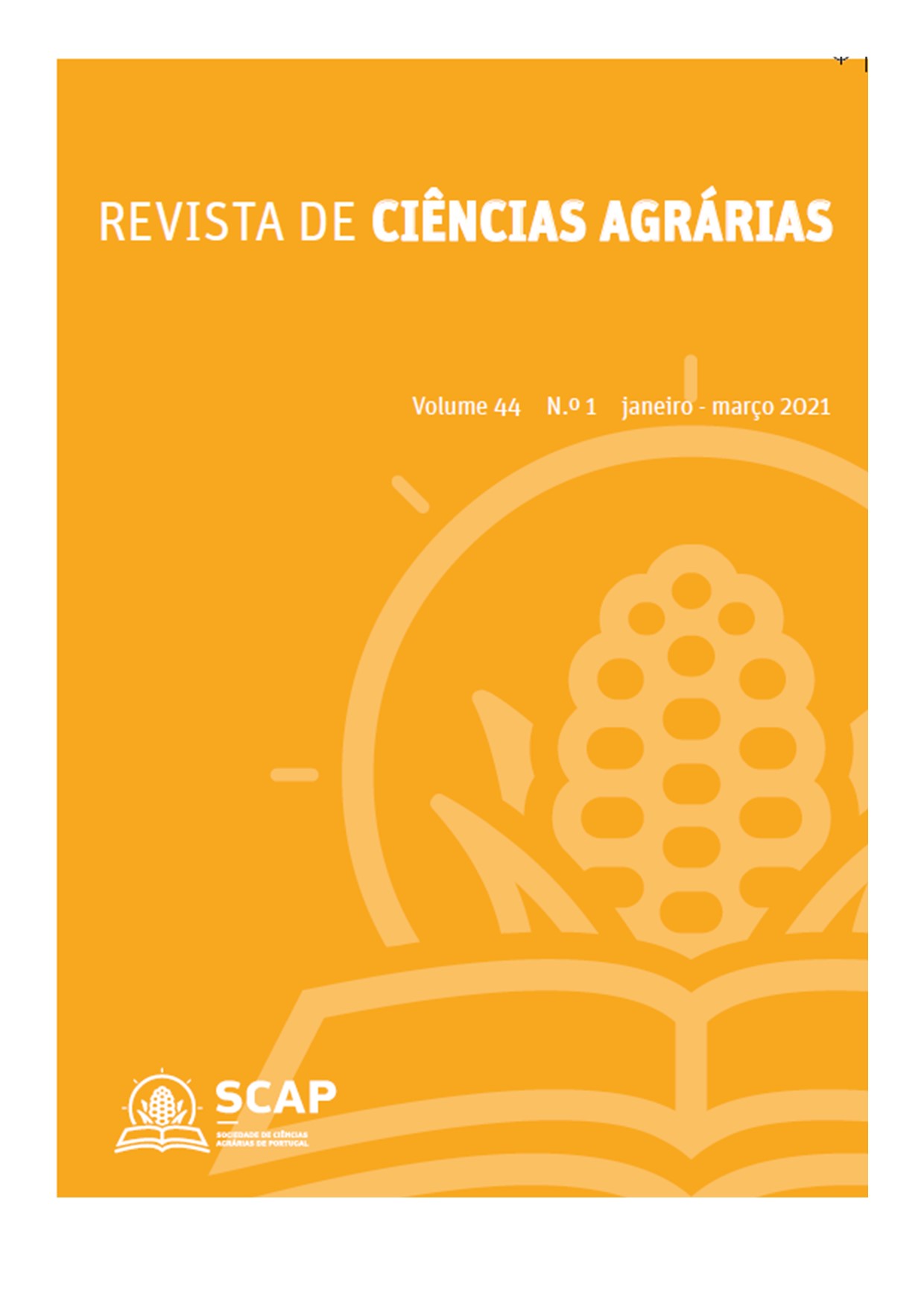Antioxidant and gibberellic acid in in vitro cultivation of Eugenia involucrata DC.
DOI:
https://doi.org/10.19084/rca.23704Abstract
Eugenia involucrata presents recalcitrant seeds and is endowed with a high economic and environmental potential, which justifies the realization of studies related to the production of seedlings via tissue culture. The present work aimed to evaluate the effects of distinct concentrations of polyvinylpyrrolidone (PVP) and GA3 in the in vitro culture. Different concentrations of PVP were tested: 0; 0,5; 1 or 1,5 g L-1 and, in a second experiment, of GA3: 0; 1; 2 or 4 μM, in two in vitro culture periods (30 or 60 days). There was no significant effect of PVP, with high survival rates (83,10%) and establishment (73%), but low for phenolic oxidation (16,55%). Significant effect of the cultivation period was observed only for survival rate, whereas average height and number of shoots were affected only GA3 had an effect. The greatest survival occurred at 30 days (88,10%), decreasing at 60 days (61,45%). For shoot height, the highest mean (0,52 cm) was at 4 μM of GA3, and in the absence, the lowest mean (0,12 cm) occurred. For the number of shoots, a higher mean was obtained (4,5) in its absence, whereas, at 4 μM, the lowest number occurred (0,15). PVP is dispensable; GA3 has an effect on in vitro elongation but reduces the number of shoots in E. involucrata.


